This post is
not a trip story. Air rescue helicopters may save our lives someday, especially
with backcountry travels. Here is a little information from our personal perspective.
You hope it
never happens, a medical emergency in the backcountry, but it does
happen all the time. We know. A quick evacuation to medical facilities aboard
an air ambulance with advanced life support capabilities is often the
difference between life and death.
Our area of
the Sierra Nevada is served by CalStar (California Shock Trauma Air Rescue) a
non-profit air ambulance service. Other services and government aircraft such
as the California Highway Patrol helicopters also respond in our area. We have
worked with many of them. They all do a great job.
CalStar 3 is
based in Auburn California, you may have seen the helicopter along
Interstate 80 just east of Foresthill Road. CalStar 6 is based at the South
Lake Tahoe Airport. As First Responders the Lady and I have worked with both
helicopters in the backcountry.
When you and
your team are doing your best to help someone, I can personally tell you there
is nothing more reassuring then the sound of an approaching air ambulance
helicopter.
We know we
are turning the patient(s) over to the best possible care. Along with top notch
equipment and training, the professionals working for CalStar are outstanding.
These are
the folks, if we ever have the need, we'd like to pick us up.
Air rescue helicopters save lives. Besides our work in the backcountry, we have had two close friends flown by
CalStar. In September 1999 the Lady was airlifted from Placerville to San
Francisco by REACH.
We also know
firsthand about the cost. Even with medical insurance some costs may not be
covered. We have a membership with CalStar. Besides supporting this
organization, membership provides benefits such as no out of pocket costs when
flying with CalStar or any of their reciprocal partners. CalStar also has fixed
wing aircraft that can transport from facility to facility that offers the
possibly of being moved to a hospital closer to home for treatment if we are injured
on our travels.
We suggest
that you check out what air rescue service operates in your area and research
membership programs. Please support the
organizations that make a difference when the need comes.
Remember at the time of an emergency you cannot request who will respond, nor
do you want to. The professionals at dispatch will send who is closest and most
appropriate, trust them.
Bottom line
is we hope none of us ever need to be airlifted and all of our travels are
incident free. But, there is no substitute for being prepared.

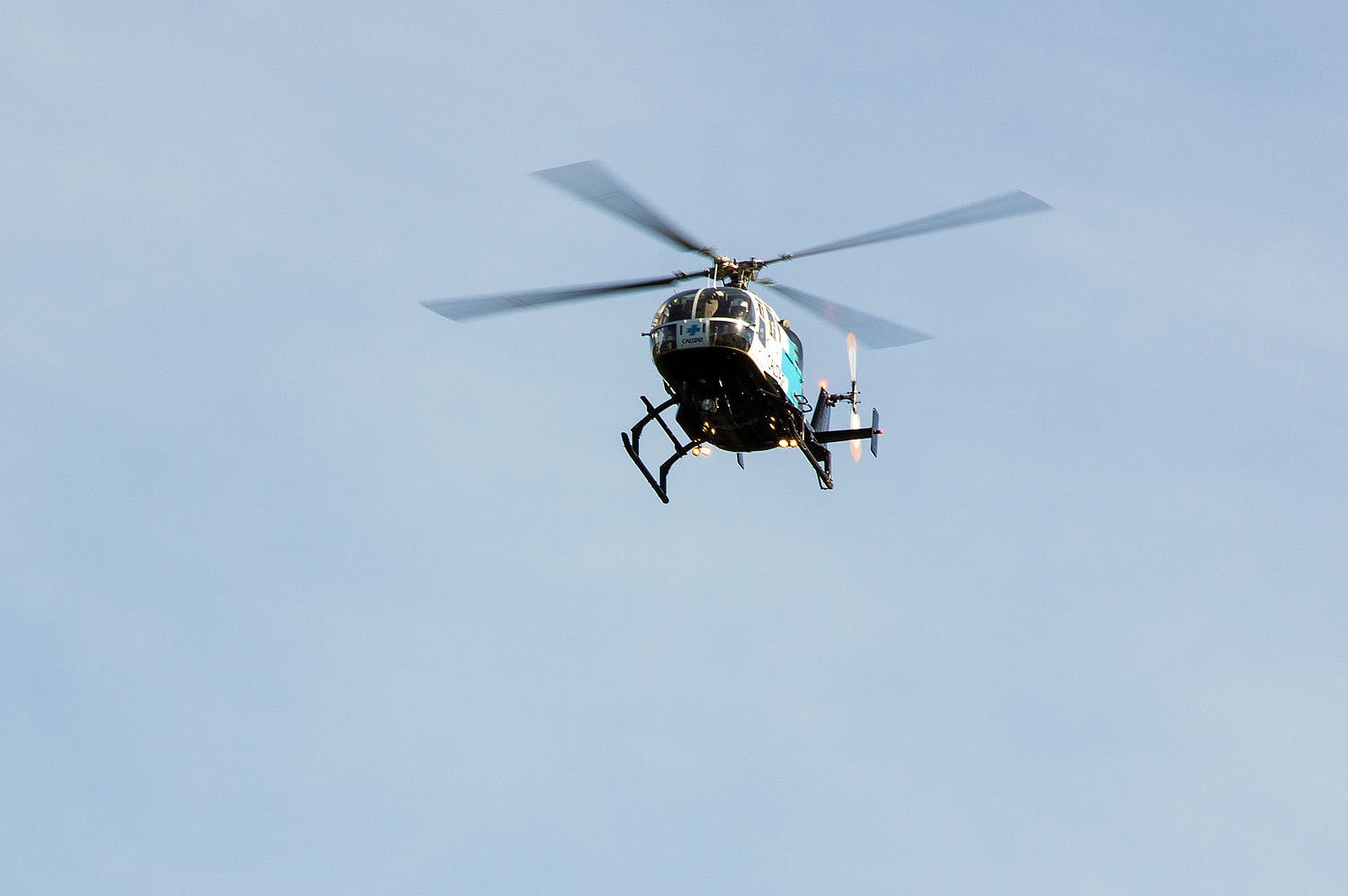
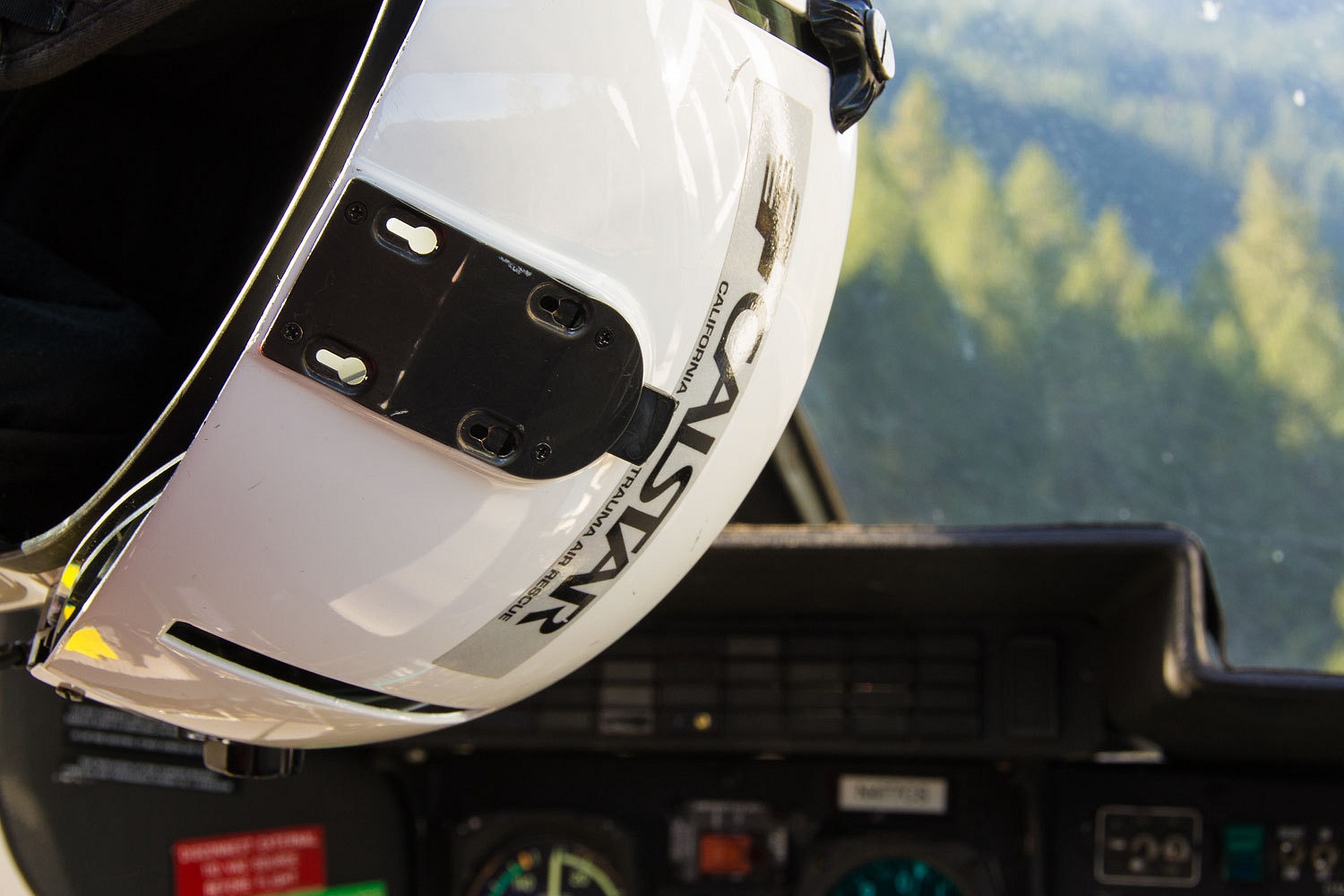
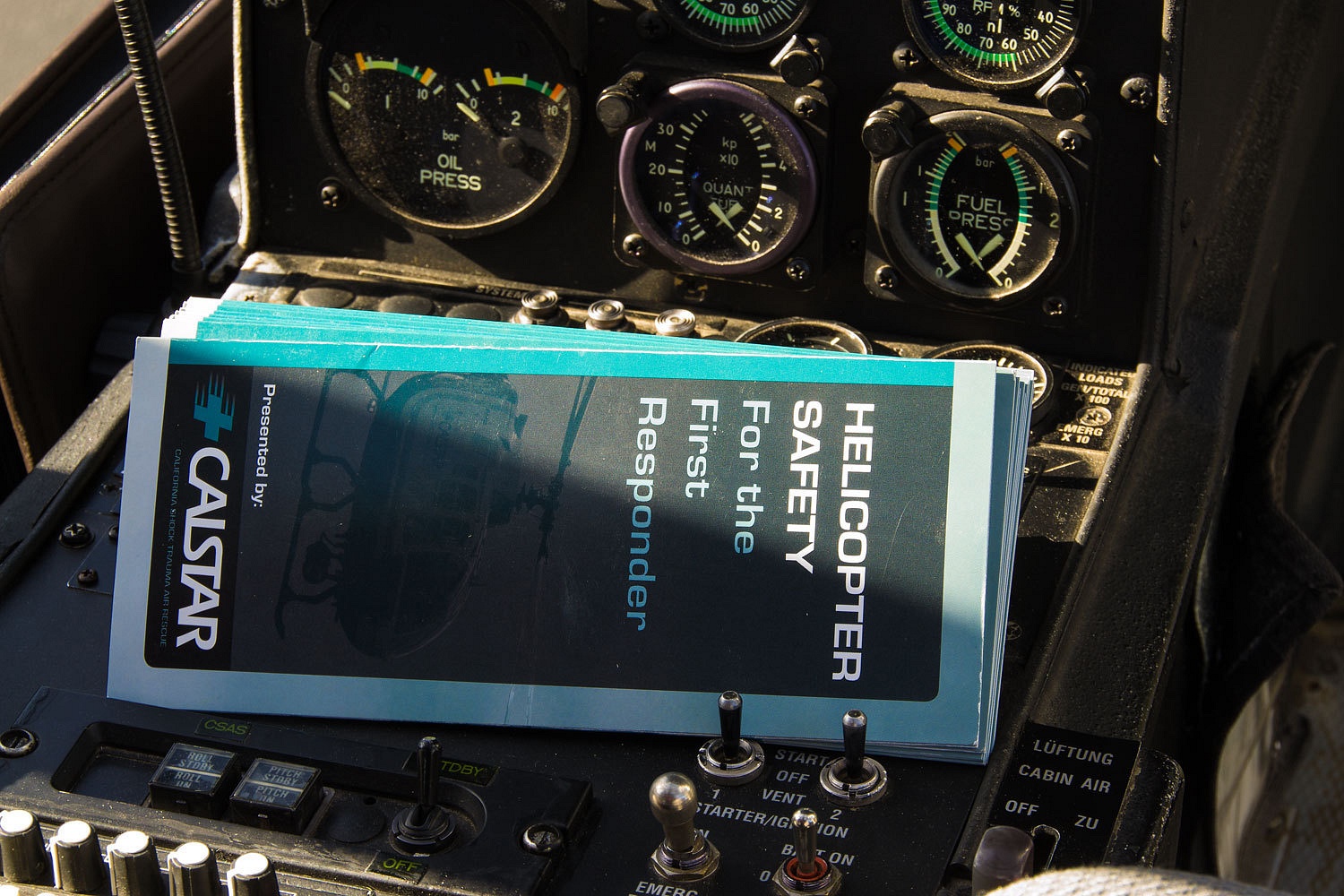
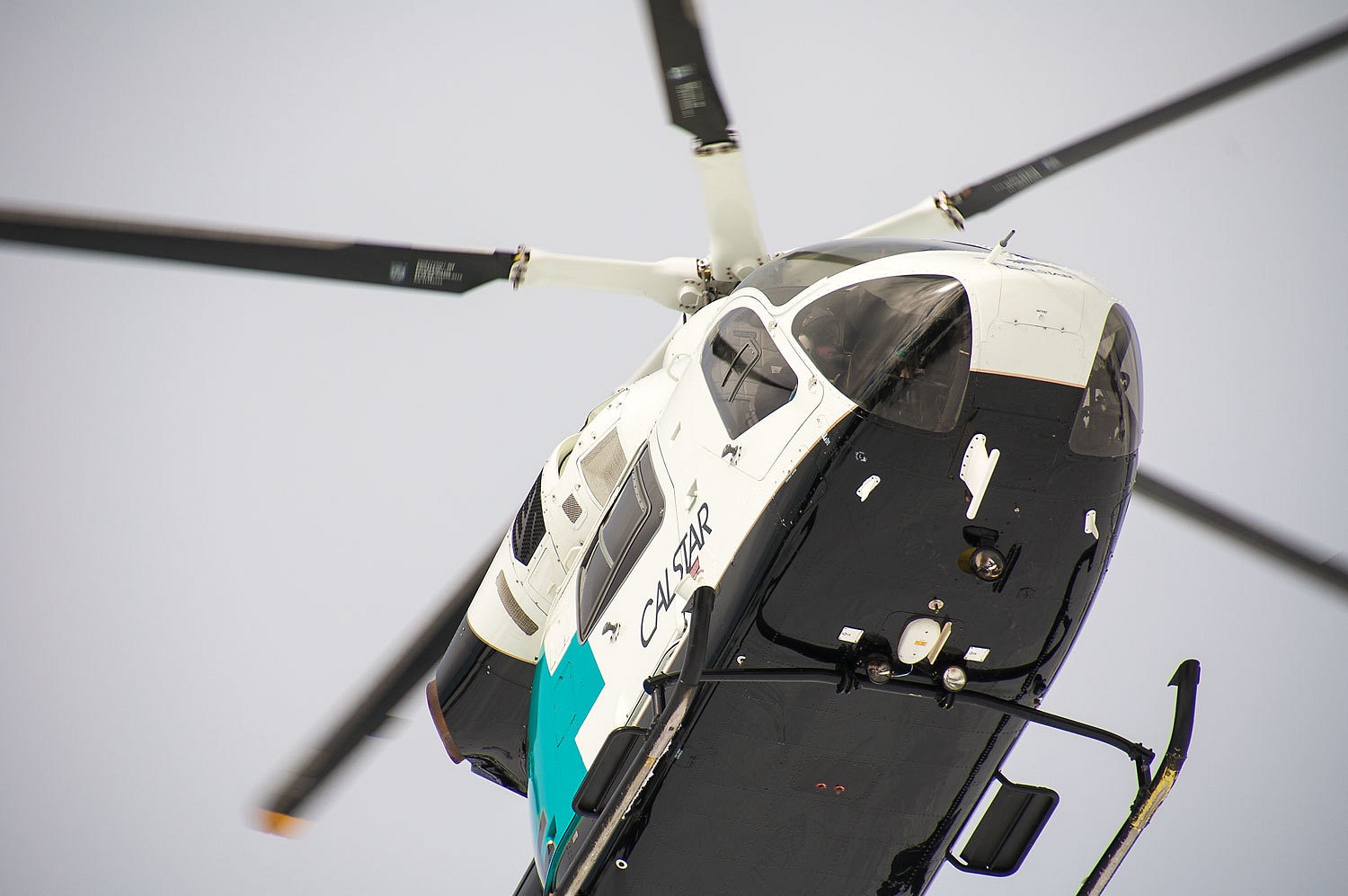
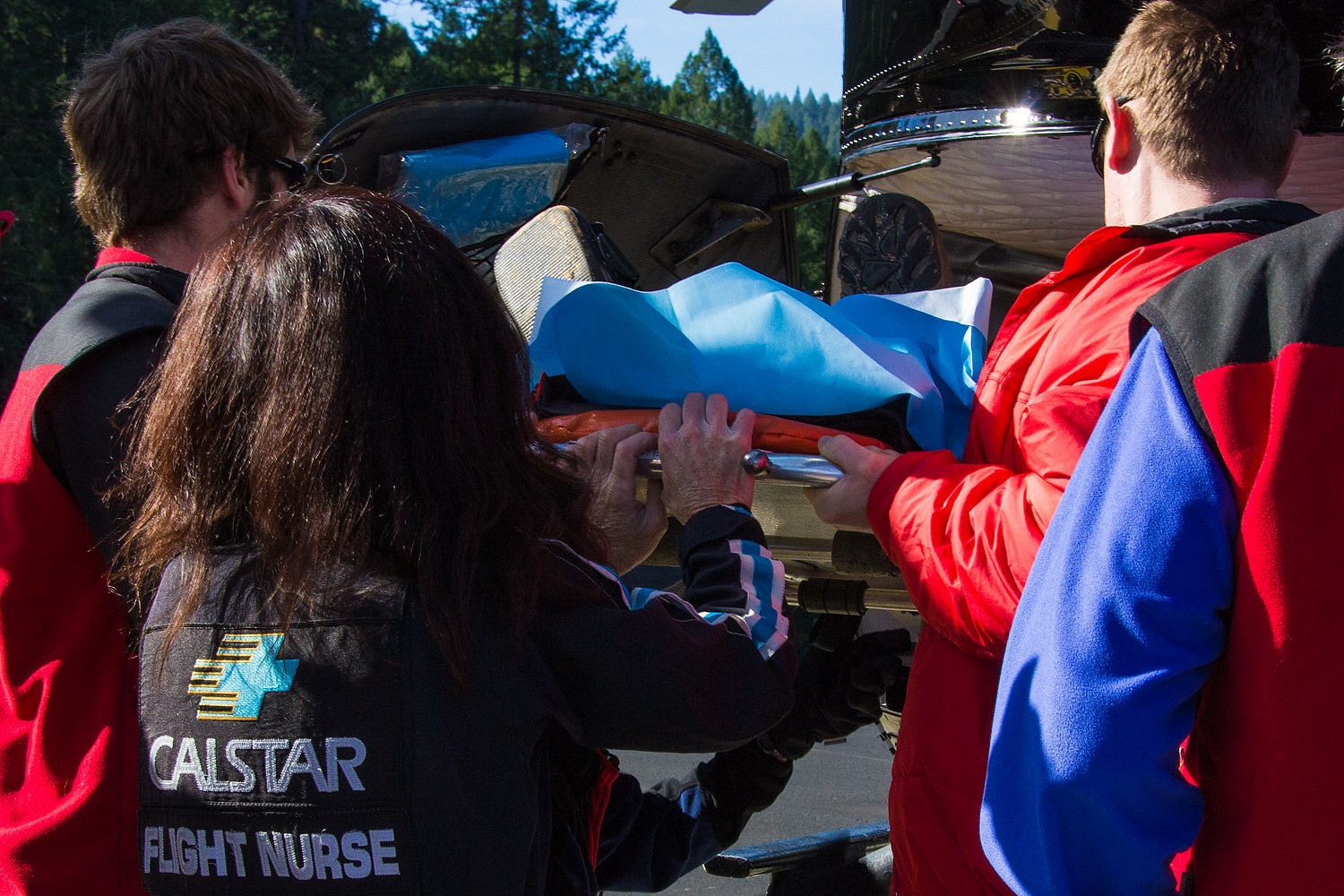
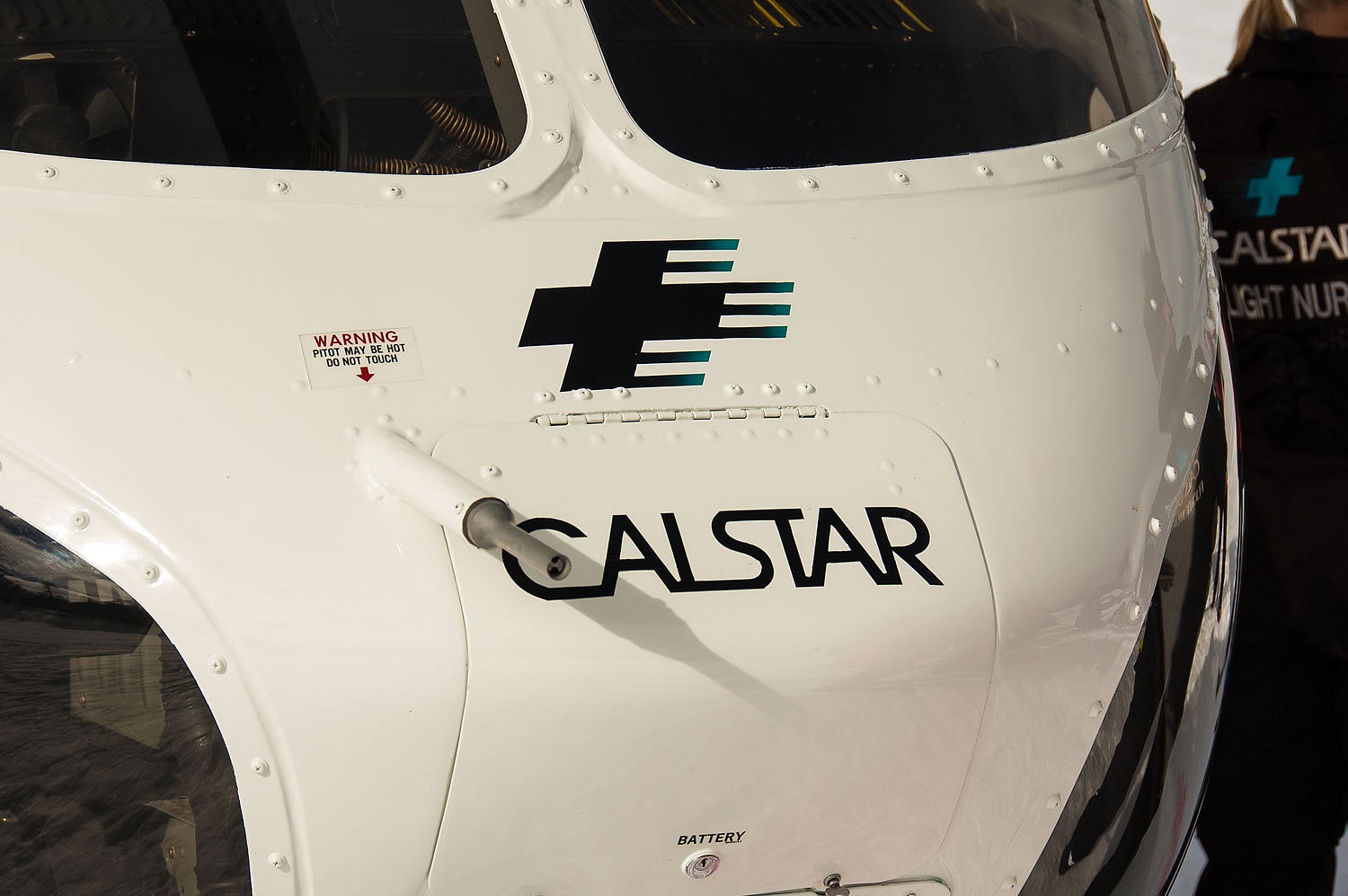
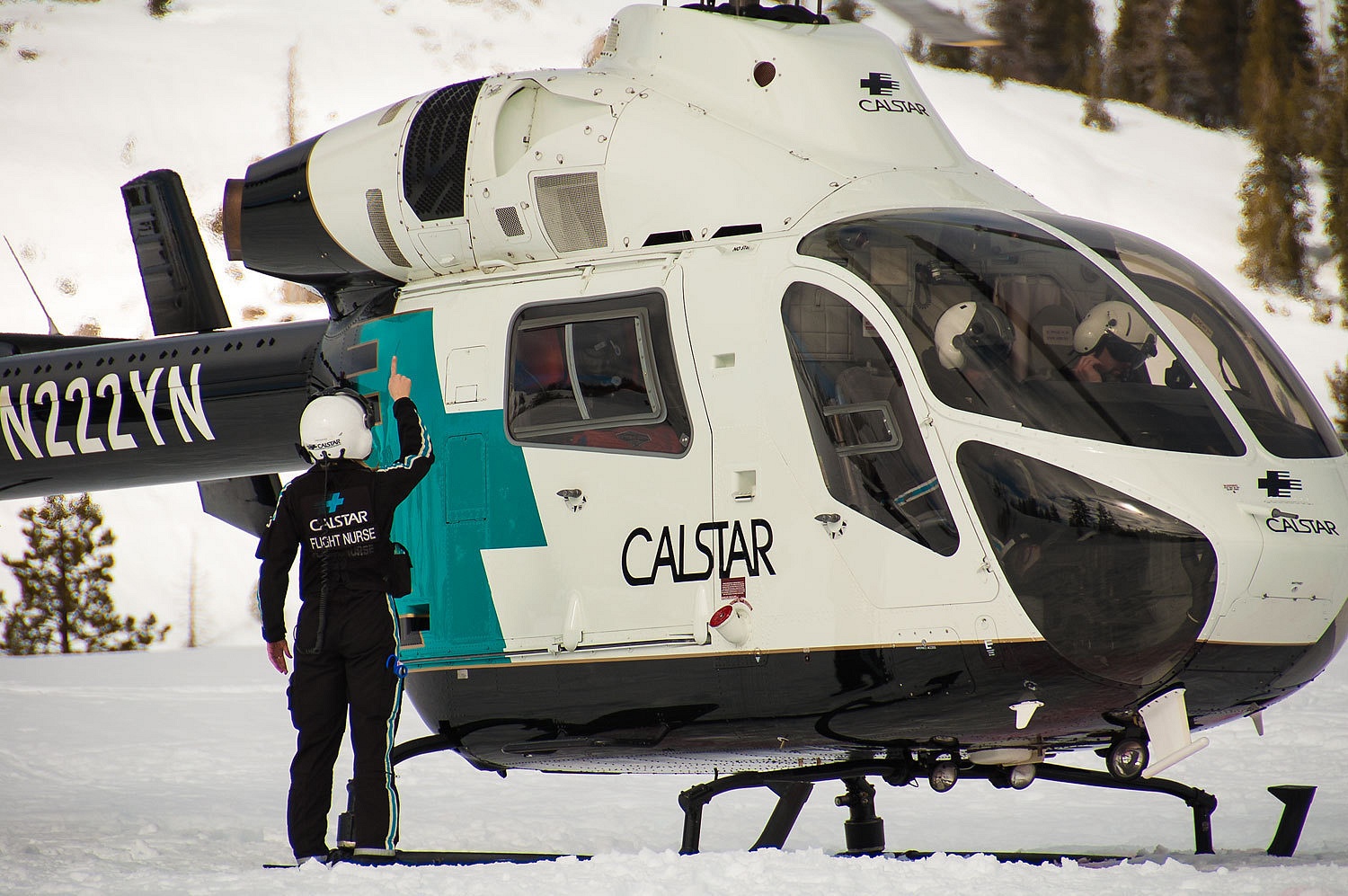
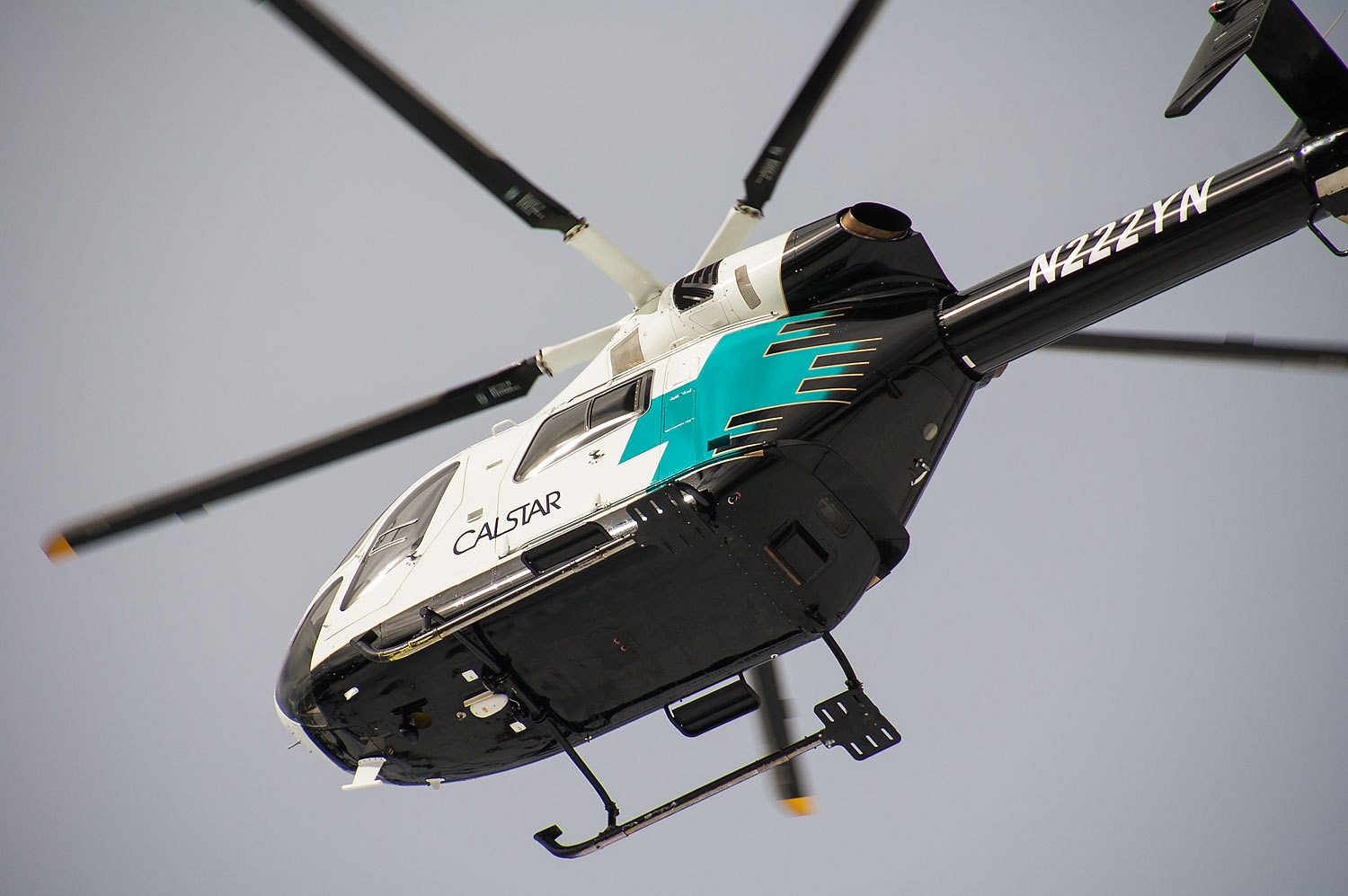
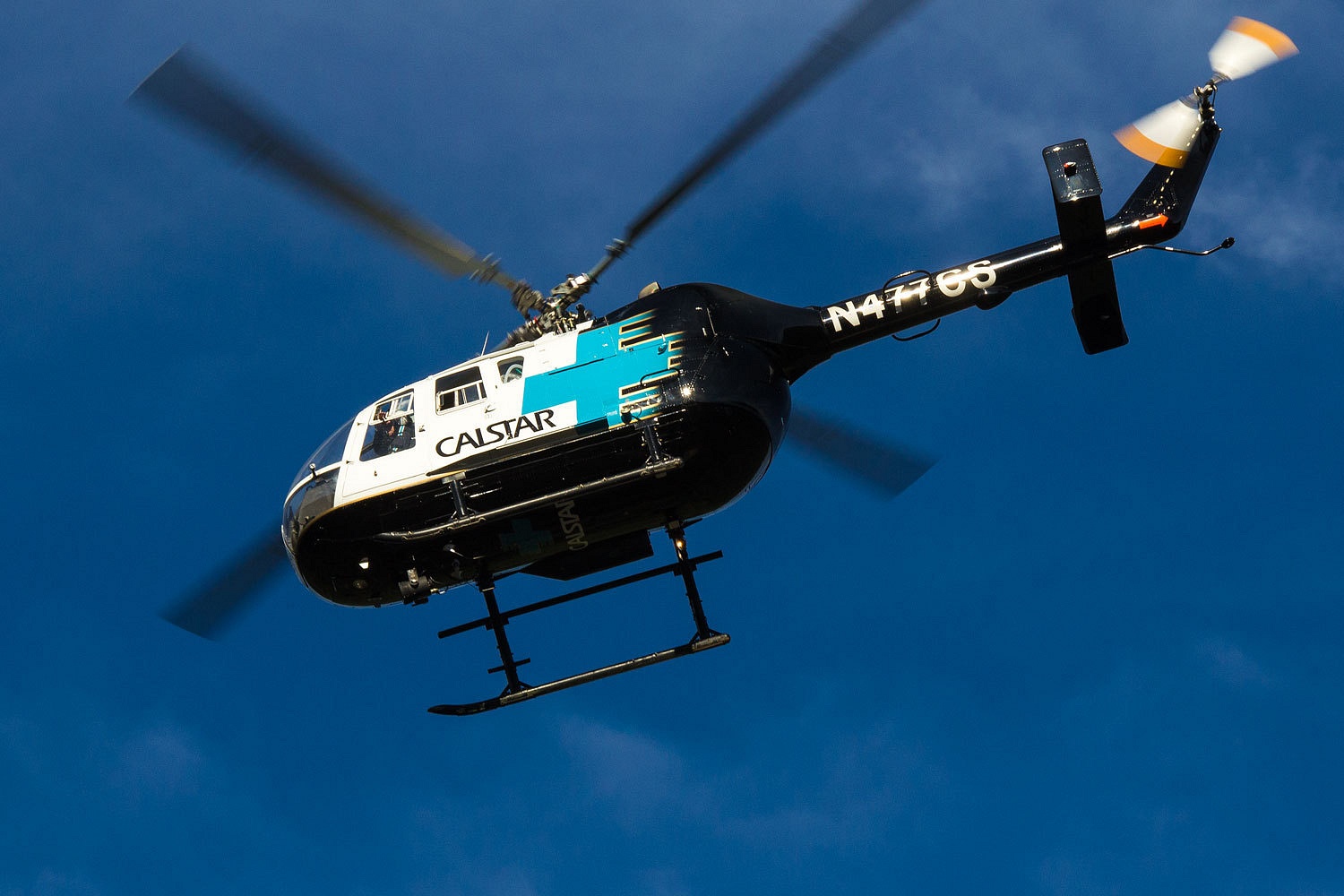
Great report -- I did not know that one could become a member -- hopefully they do not have a frequent flyer club! (Just kidding.) It is nice to know who is at the other end of the personal rescue beacon signal. (By the way, not all beacons can emit both long range and short range homing signals for the rescue crews -- also something I did not know until we purchased a beacon.)
ReplyDeleteSAR and air ambulance coverage can often be purchased to function in conjunction with your satellite communicator device, such as inReach, SPOT, Iridium, etc. These memberships are not restricted to just one service, but help will be dispatched from a location near where you need it.
ReplyDeleteMy coverage through GEOS Alliance costs $18/year. See: http://www.geosalliance.com/what-is-geos/faq/
Took me time to read all the comments, but I really enjoyed the article. It proved to be Very helpful to me and I am sure to all the commenters here! It’s always nice when you can not only be informed, but also entertained! Medical Transportation
ReplyDelete